At the 13th International Conference on Paleoceanography held on the 2nd to 6th September 2019 in Sydney, Australia, Dr Yama Dixit, a Research Fellow at the Earth Observatory of Singapore (EOS), gave a talk on the historical variations of the Indian Summer Monsoon (ISM) that she had discovered were recorded in the shells of freshwater snails found in the lakes of India.
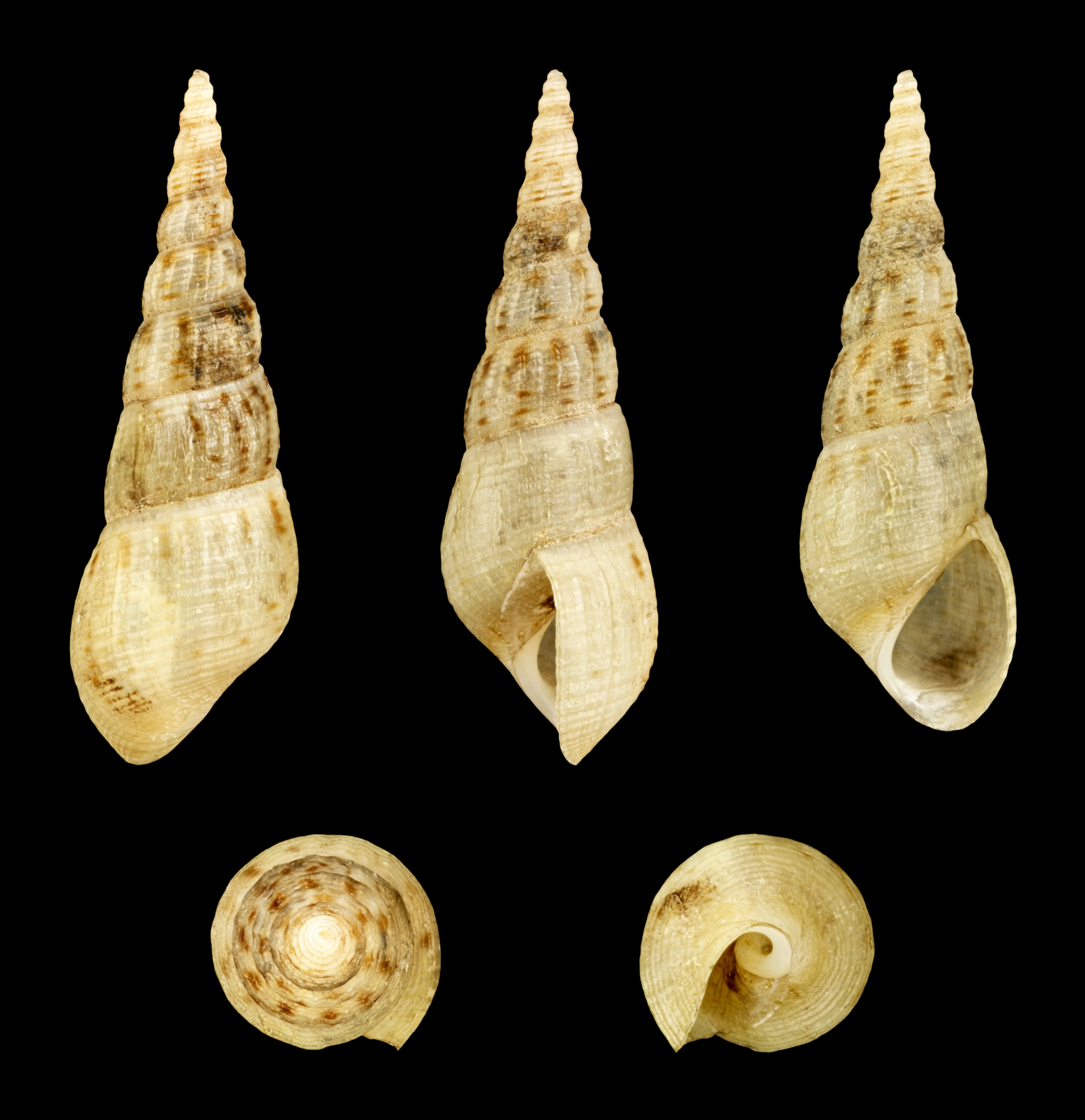
When the world’s climate changes in significant or unexpected ways, these anomalies impact different regions in a dissimilar manner. During the last Little Ice Age between 1500 and 1850 AD, for example, the Western Himalayas experienced surprisingly warmer spring temperatures while the northern latitudes were covered in more snow than usual. Such regional variations arise mostly from complex wind patterns and interactions between the oceans, continents, and atmosphere.
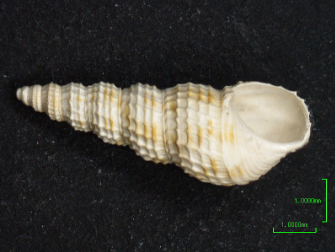
Dr Dixit had found that the Indian Summer Monsoon (ISM) went through abrupt changes and regional variations in its history based on what was recorded in these snail shells. The implications of these changes do not affect the Indian subcontinent only, but all of southeast Asia. For example, the ISM is closely linked to the rainfall in Singapore and the rest of SE Asia. Both phenomena are part of the Indo-Pacific region's ocean-atmospheric processes and, on a larger scale, they are an integral part of the world's hydrological cycle which controls the circulation of water on Earth. And so this highlights the need to study this variability on a regional scale.
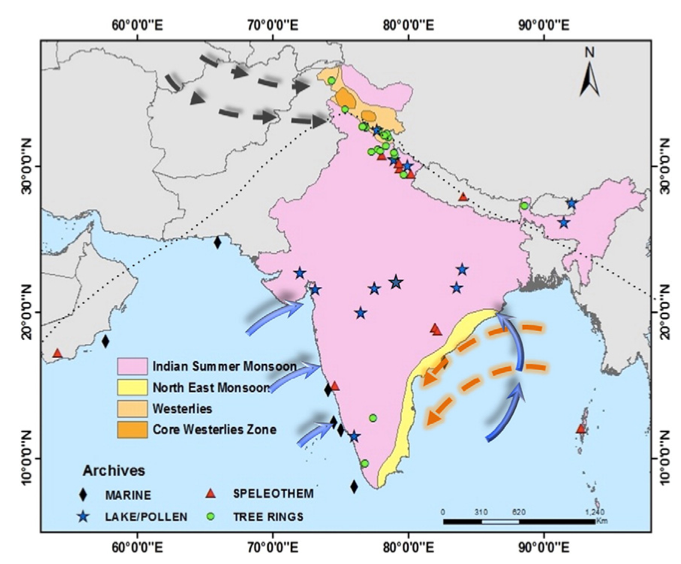
Current climate models provide projections such as sea-level changes and rainfall that cause extreme events like floods and droughts. In order to improve these models, it is crucial to first understand how monsoon systems operate and interact. Dr Dixit’s contribution to this effort is to reconstruct past climates – called paleo-climates – to evaluate the performance of these climate models.
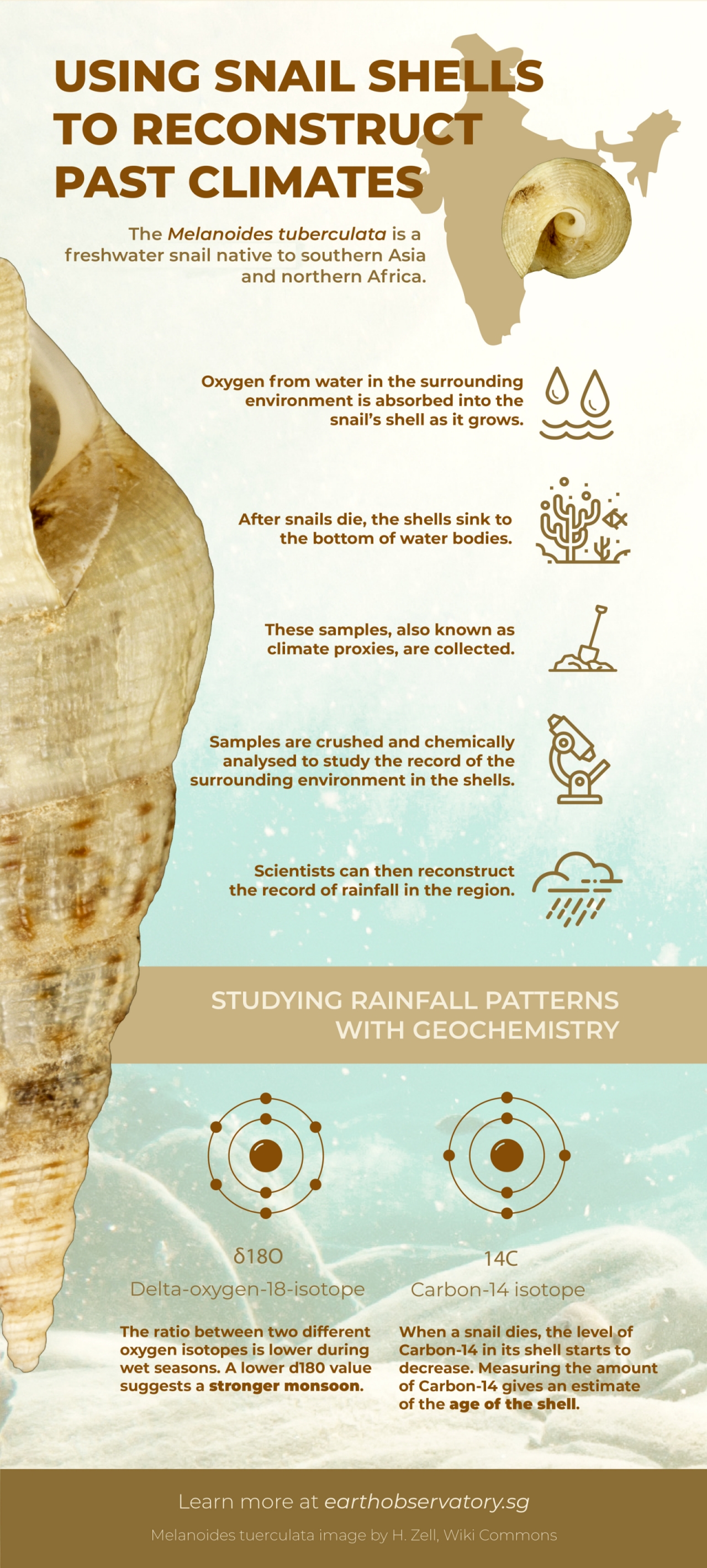
Recalling how she became interested in the subject at an early age when she first learnt that the migration of ancient populations across the North Indian plains could have resulted from changes in the climate, Dr Dixit explained, “At school, I learnt all about the de-urbanisation of the largest ancient Bronze Age civilization, known as the Indus Valley civilisation, from around 4,000 years ago.
“Several hypotheses were put forward to explain such cultural changes, including a climate-related one. Many years later, with increased awareness about future changes in the climate, I decided to use my geochemistry background to investigate and test this hypothesis in order to learn lessons from the past.” And for Dr Dixit, learning lessons from the past starts on a very small scale.
Shells and certain types of hydrated mineral crystals – such as gypsum – incorporate oxygen from the water in their environment as they grow. When the shells die, they get archived in the sedimentary bottoms of lakes and oceans. Mineral crystals see a similar fate when they get deposited after the evaporation of water.

Dr Dixit samples climate archives which are sediments from lake and ocean bottoms, and then extracts the shells and mineral crystals of interest – called climate proxies. Similar to a detective gathering clues to reconstruct a crime scene, she gathers clues from the chemical analysis of these proxies to reconstruct the history of temperature and precipitation of the region.
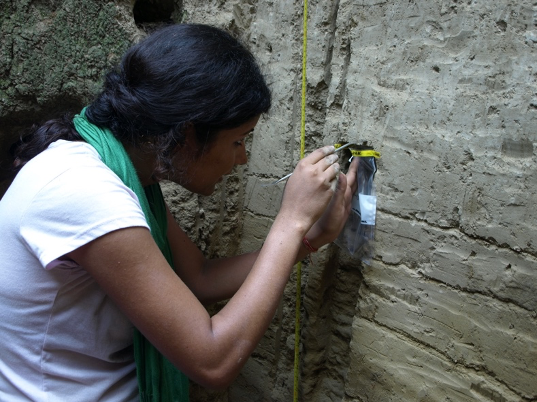
Oxygen and carbon are monsoon trackers
The delta-oxygen-18 value of rainfall – a measure of the ratio between two oxygen isotopes – is lower during wetter periods. A low delta-oxygen-18 value measured in the shells or crystals can therefore suggest a stronger monsoon.
Carbon-14 – a radioactive isotope of carbon – contained in the shells, can tell us when the monsoon changed. When a shell dies, its level of Carbon-14 starts to decrease. By quantifying this decrease, the radiocarbon dating method can provide an estimate of the age of the proxy.
By combining the age and chemical composition of the proxies, Dr Dixit was able to reconstruct the history of the ISM and discovered the abrupt changes in the rainfall patterns.
She found that the abrupt change in the monsoon 4,100 years ago coincided with the major de-urbanisation of the Indus Valley Civilisation, which supported the hypothesis that the cultural change was climate-related.
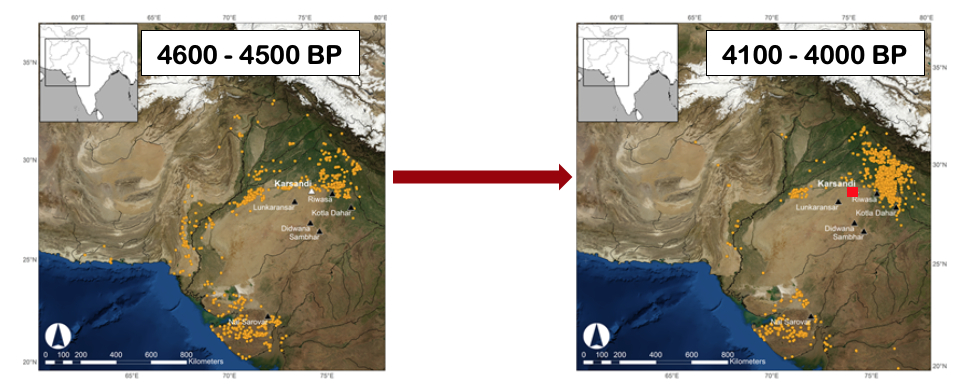
Another abrupt change that occurred 8,200 years ago coincides with a cold event in the Atlantic. This highlights how local monsoons are connected to climate variations on a global scale.
So is there a pattern to these abrupt changes? And can they happen again? These are some key questions Dr Dixit’s research will answer. For now, she says that “more data is needed to be conclusive, and this is what I am working on now.”
After India, Dr Dixit is now reconstructing the past climates of Singapore. The Centre of Climate Research of Singapore (CCRS) found that Singapore is more vulnerable to climate change than suggested by current global models. This was highlighted by Prime Minister Lee Hsien Loong during his 2019 National Day Rally speech. Dr Dixit’s results will feed into CCRS’ projects to improve global models for SE Asia – and in particular Singapore – to more accurately estimate future regional rainfall, temperature, and sea-level changes.